Mastering Google Maps API: A Practical Developer Guide

Location data powers modern products: discovery, logistics, analytics, and personalized experiences all lean on accurate mapping services. The Google Maps API suite is one of the most feature-rich options for embedding maps, geocoding addresses, routing vehicles, and enriching UX with Places and Street View. This guide breaks the platform down into practical sections—what each API does, how to get started securely, design patterns to control costs and latency, and where AI can add value.
Overview: What the Google Maps API Suite Provides
The Maps Platform is modular: you enable only the APIs and SDKs your project requires. Key components include:
- Maps JavaScript API — interactive web maps, custom markers, overlays, styling, and event hooks for client-side experiences.
- Maps SDKs for Android & iOS — native map views, offline handling patterns, and performance controls on mobile devices.
- Places API — POI lookup, autocomplete, place details, and user-generated content such as reviews and photos.
- Geocoding & Reverse Geocoding — translate addresses to coordinates and back; useful for onboarding, search, and analytics.
- Directions & Distance Matrix — routing, multi-stop optimization, travel time estimates, and matrix computations for fleet logistics.
- Street View & Static Maps — embed photographic context or low-overhead map images for thumbnails and emails.
Each API exposes different latency, quota, and billing characteristics. Plan around the functional needs (display vs. heavy batch geocoding vs. real-time routing).
Getting Started: Keys, Enabling APIs, and Security
Begin in the Google Cloud Console: create or select a project, enable the specific Maps Platform APIs your app requires, and generate an API key. Key operational steps:
- Restrict keys by HTTP referrer (web), package name + SHA-1 (Android), or bundle ID (iOS) to limit abuse.
- Use separate keys for development, staging, and production to isolate usage and credentials.
- Prefer server-side calls for sensitive operations (batch geocoding, billing-heavy tasks) where you can protect API secrets and implement caching.
- Monitor quotas and set alerts in Cloud Monitoring to detect anomalies quickly.
Authentication and identity management are foundational—wider access means higher risk of unexpected charges and data leakage.
Design Patterns & Best Practices
Successful integrations optimize performance, cost, and reliability. Consider these patterns:
- Client vs. Server responsibilities: Use client-side map rendering for interactivity, but delegate heavy or billable tasks (bulk geocoding, route computations) to server-side processes.
- Cache geocoding results where addresses are stable. This reduces repeat requests and lowers bills.
- Use Static Maps for thumbnails instead of full interactive maps when you need small images in lists or emails.
- Handle rate limits gracefully by implementing exponential backoff and queuing to avoid throttling spikes.
- Map styling & lazy loading keep initial payloads light; load map tiles or libraries on user interaction to improve perceived performance.
- Privacy-first design: minimize retention of precise location data unless required, and document retention policies for compliance.
Pricing, Quotas & Cost Management
The Maps Platform uses a pay-as-you-go model with billing tied to API calls, SDK sessions, or map loads depending on the product. To control costs:
- Audit which APIs are enabled and remove unused ones.
- Implement caching layers for geocoding and place lookups.
- Prefer batch jobs outside peak hours and consolidate requests server-side when possible.
- Set programmatic alerts for unexpected usage spikes and daily budget caps to avoid surprises.
Budgeting requires monitoring real usage patterns and aligning product behavior (e.g., map refresh frequency) with cost objectives.
Use Cases & AI Integration
Combining location APIs with machine learning unlocks advanced features: predictive ETA models, demand heatmaps, intelligent geofencing, and dynamic routing that accounts for historic traffic patterns. AI models can also enrich POI categorization from Places API results or prioritize search results based on user intent.
For teams focused on research and signals, AI-driven analytical tools can help surface patterns from large location datasets, cluster user behavior, and integrate external data feeds for richer context. Tools built for crypto and on-chain analytics illustrate how API-driven datasets can be paired with models to create actionable insights in other domains—similarly, map and location data benefit from model-driven enrichment that remains explainable and auditable.
Build Smarter Crypto Apps & AI Agents with Token Metrics
Token Metrics provides real-time prices, trading signals, and on-chain insights all from one powerful API. Grab a Free API Key
Is the Google Maps API free to use?
Google offers a free usage tier and a recurring monthly credit for Maps Platform customers. Beyond the free allocation, usage is billed based on API calls, map loads, or SDK sessions. Monitor your project billing and set alerts to avoid unexpected charges.
Which Maps API should I use for address autocomplete?
The Places API provides address and place autocomplete features tailored for UX-focused address entry. For server-side address validation or bulk geocoding, pair it with Geocoding APIs and implement server-side caching.
How do I secure my API key?
Apply application restrictions (HTTP referrers for web, package name & SHA-1 for Android, bundle ID for iOS) and limit the key to only the required APIs. Rotate keys periodically and keep production keys out of client-side source control when possible.
Can I use Google Maps API for heavy routing and fleet optimization?
Yes—the Directions and Distance Matrix APIs support routing and travel-time estimates. For large-scale fleet optimization, consider server-side batching, rate-limit handling, and hybrid solutions that combine routing APIs with custom optimization logic to manage complexity and cost.
What are common pitfalls when integrating maps?
Common issues include unbounded API keys, lack of caching for geocoding, excessive map refreshes that drive costs, and neglecting offline/mobile behavior. Planning for quotas, testing under realistic loads, and instrumenting telemetry mitigates these pitfalls.
Disclaimer
This article is for educational and technical information only. It does not constitute financial, legal, or professional advice. Evaluate features, quotas, and pricing on official Google documentation and consult appropriate professionals for specific decisions.
Create Your Free Token Metrics Account

.png)




%201.svg)
%201.svg)


%201.svg)



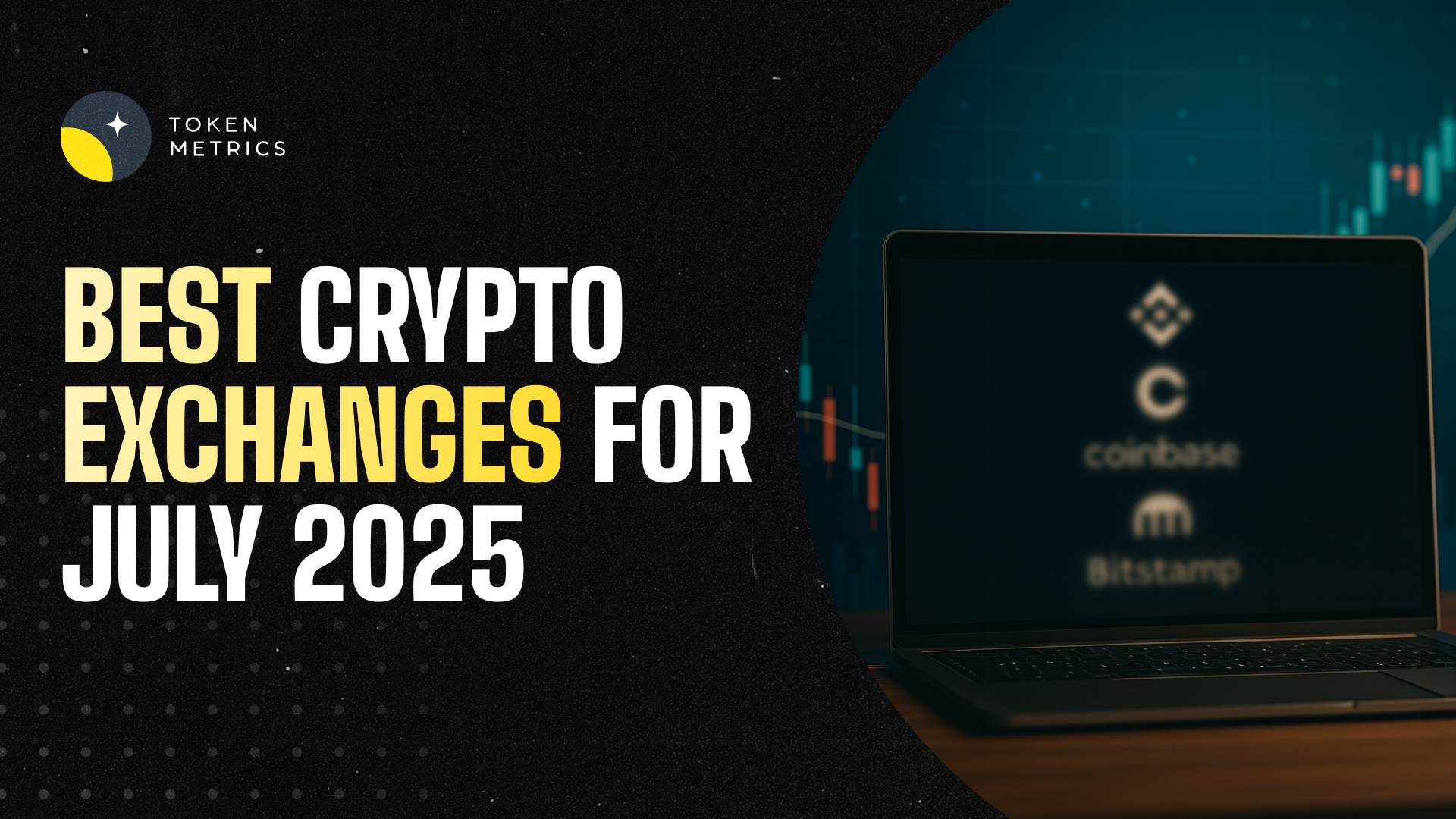
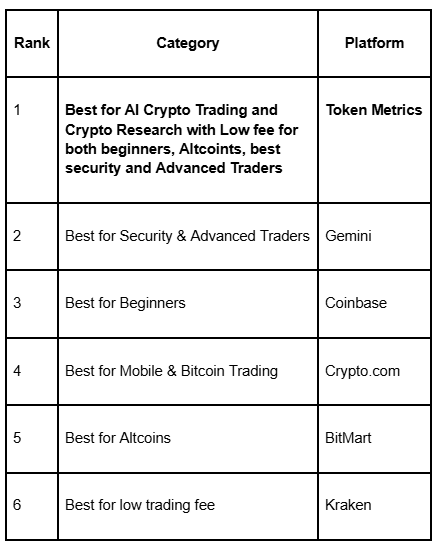








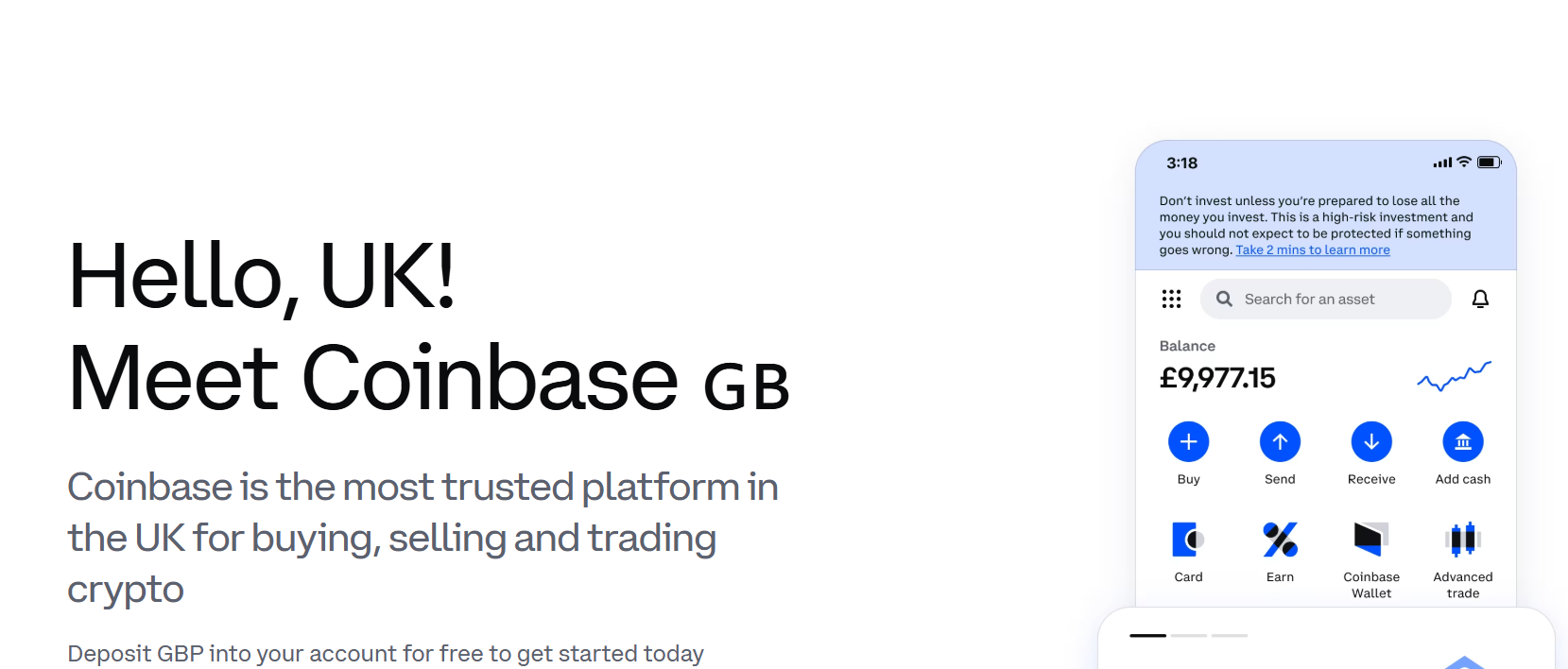
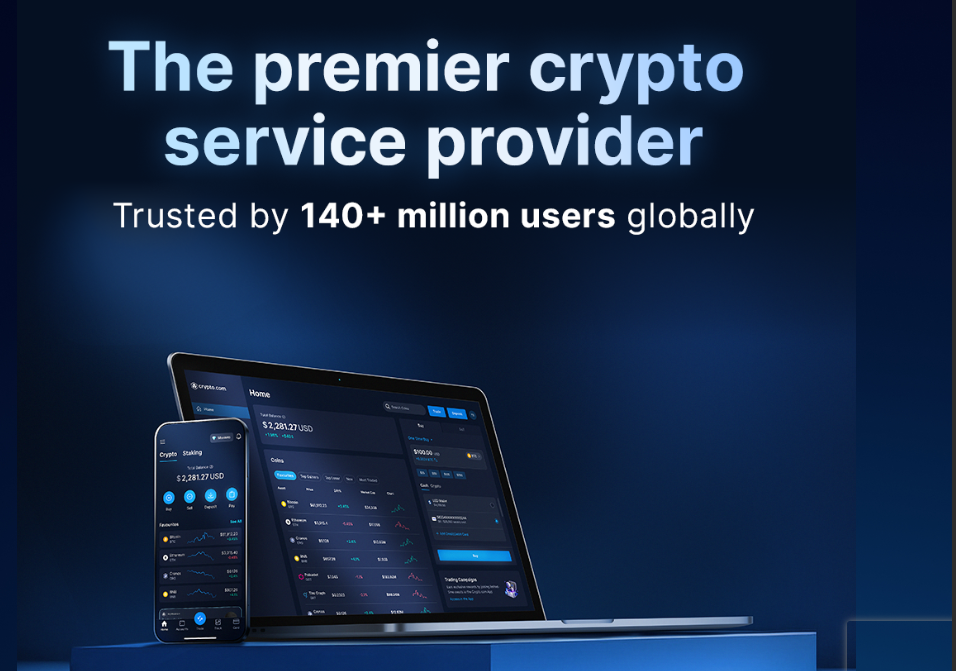
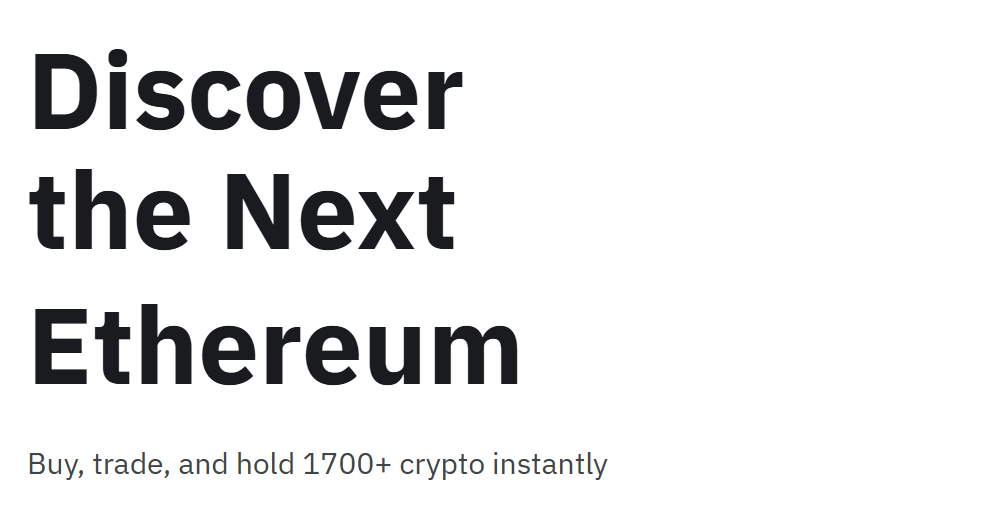
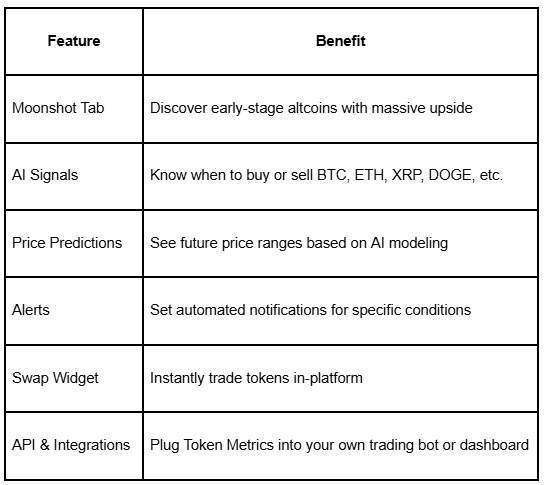
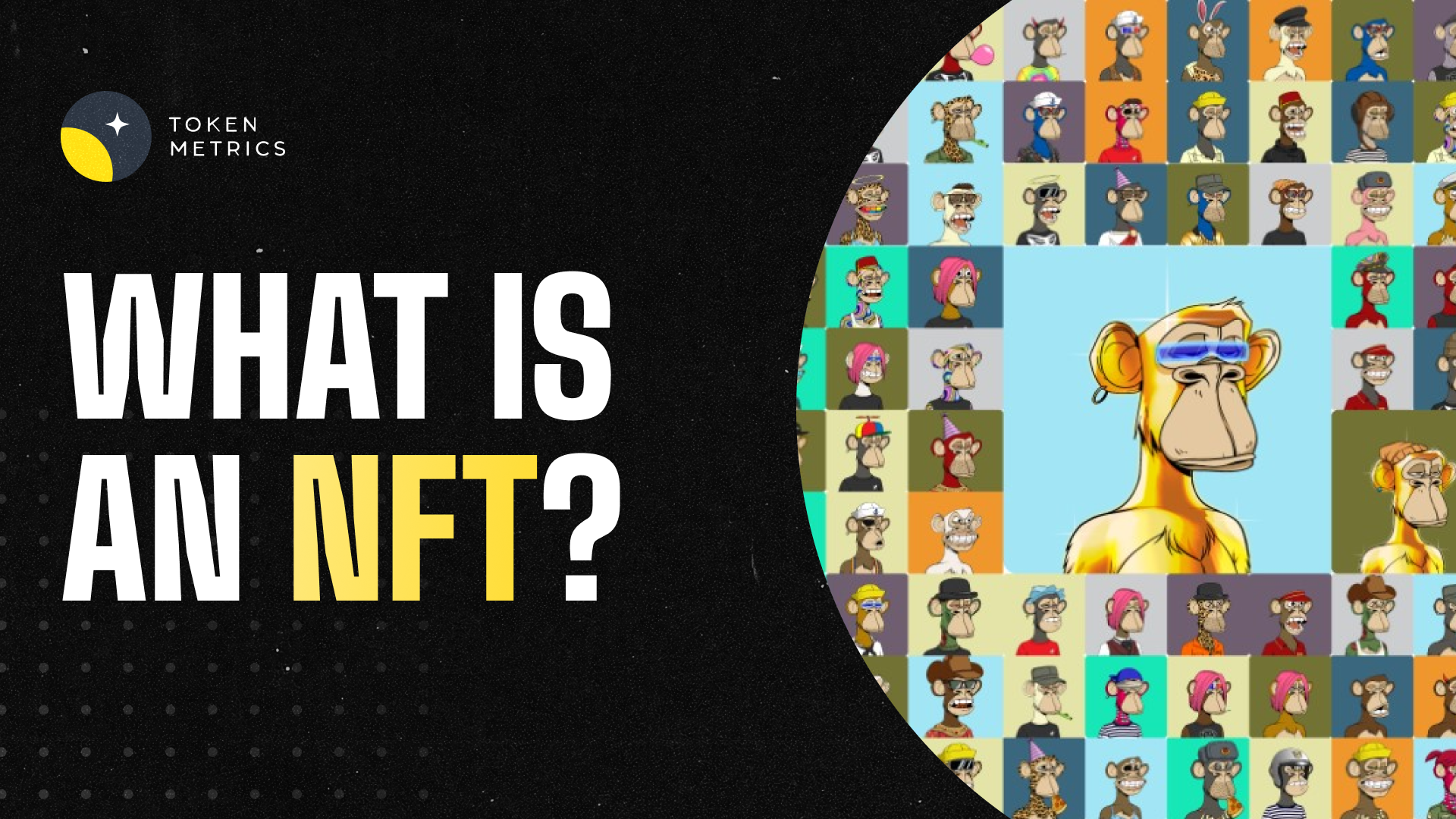

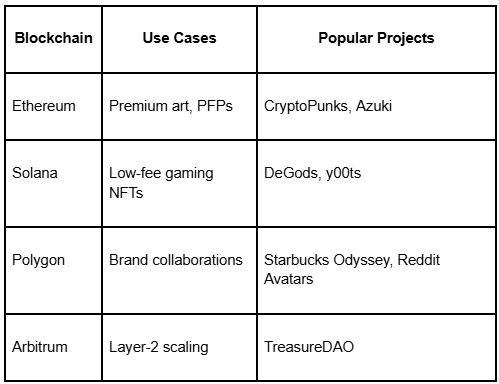
.png)







.svg)




.png)